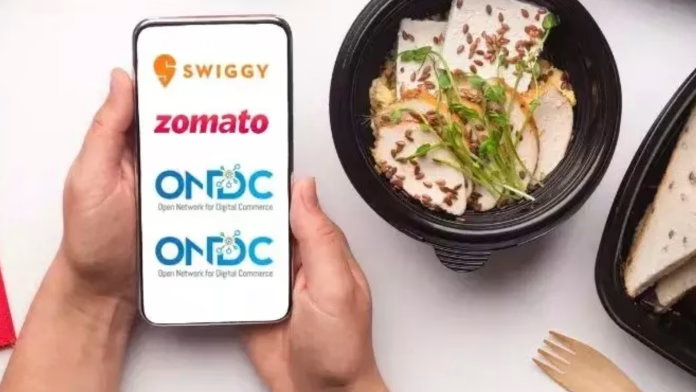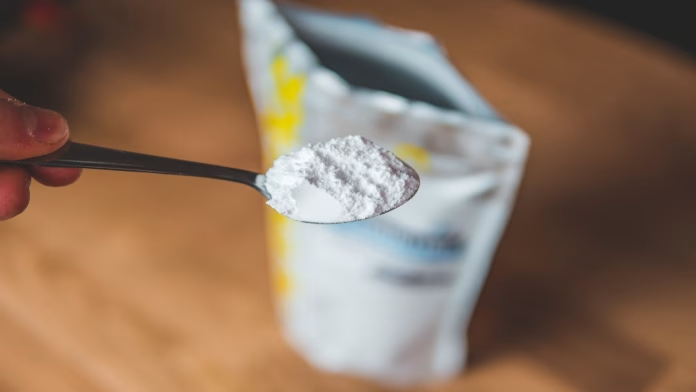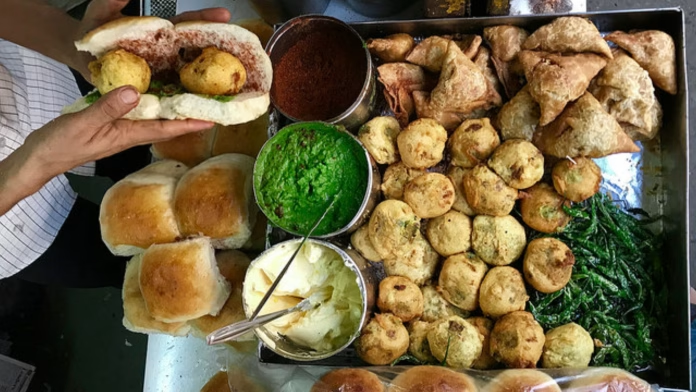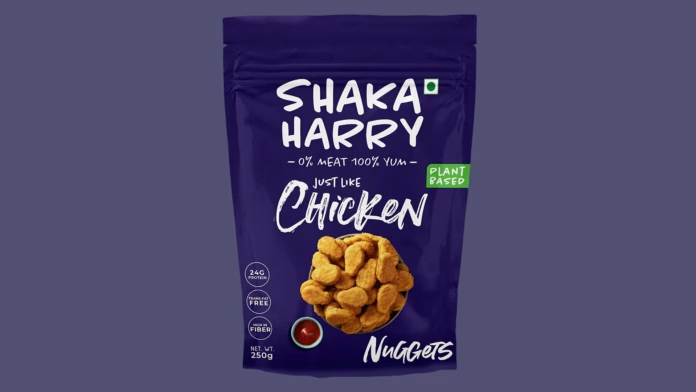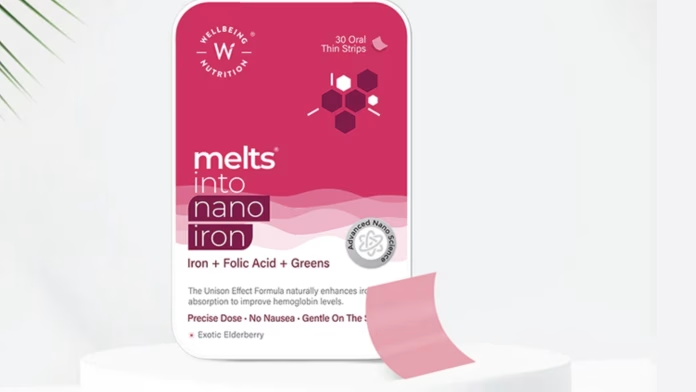A price war has been sparked in the Indian food delivery industry, as a new government-supported ecommerce delivery platform poses a threat to the long-standing duopoly of Zomato and Swiggy.
Read More: The rise of ONDC: A threat to Swiggy and Zomato’s dominance?
According to industry executives, if the Open Network for Digital Commerce (ONDC) can maintain aggressive pricing and profitability, it has the potential to become the biggest game-changer in the food delivery sector. The ONDC enables restaurants to sell their food directly to consumers via buyer apps.
“What is happening is a paradigm shift; it is about empowering merchants to choose their strategies on discounts and other parameters,” said T Koshy, Chief Executive of ONDC.
“It is also about empowering consumers to make their own choices,” he added.
ONDC ordering platforms like Paytm, Magicpin, and PhonePe are offering significant discounts ranging from 30-80% on popular brands like McDonald’s, Taco Bell, Behrouz Biryani, Wow Momo, Pizza Hut, and Cafe Coffee Day. In comparison, the same items cost consumers more on Swiggy and Zomato.
“The ONDC platform is definitely a journey towards profitability. But what’s happening now is a short-term discount war,” said Sagar Daryani, Vice President at industry body National Restaurants Association of India (NRAI), which represents over 500,000 restaurant brands.
According to industry executives, ONDC is currently not imposing any delivery fees on consumers and is charging less than half the commissions from restaurants as compared to the fees charged by established aggregators.
“All this differential pricing is due to the heavy discounts being funded by the ONDC system, or other players and platforms powered via ONDC,” Daryani, also Co-founder at Wow! Momo Foods, said.
The National Restaurant Association of India (NRAI) has recommended that single and multi-chain restaurant partners explore the ONDC platform as an alternative channel for better commercial opportunities. However, they have also cautioned that these partners should carefully consider the platform’s long-term sustainability before fully committing to it. Restaurant companies have expressed their eagerness to experiment with the platform as an additional channel to deliver to consumers.
“We are expeditiously working with ONDC and other stakeholders of the ecosystem to be available for our customers, and continue to serve customers with irresistible value,” said Rajeev Ranjan, Managing Director of McDonald’s India North and East.
The Open Network for Digital Commerce (ONDC) was launched by the Department for Promotion of Industry and Internal Trade (DPIIT) in late 2021. It provides consumer-facing enterprises with access to various technologies and solutions used by ecommerce platforms, such as listing, order management, and delivery.
The ONDC platform has launched in various cities after beta testing in 16 pin codes in Bengaluru. Consumers in these cities can now use the platform to order food and groceries.
Third-party last-mile service providers like Shadowfax, Dunzo, and Loadshare are being used for deliveries, and the restaurants are paying a fee depending on which platform’s apps (such as Paytm and Magicpin) they have tied up with.
According to an executive representing NRAI, while Swiggy and Zomato charge commissions ranging from 18% to 25% from restaurants, the ONDC platform’s commissions are significantly lower, at 8-10%. These savings on commissions can be passed on to consumers in the form of direct discounts.
ONDC has been able to save on customer acquisition costs by onboarding buyer-side apps such as Paytm, Magicpin, Meesho, and PhonePe, which already have millions of active users.
Magicpin, which is backed by Zomato, stated last week that it is fulfilling over 10,000 ONDC orders daily, a significant increase from just 1,000 orders two weeks prior.
Read More: Magicpin becomes largest restaurant aggregator on ONDC, fulfilling 10,000 daily orders
Swiggy and Zomato have refused to provide any comments on the queries.
Both Swiggy and Zomato have a significant share of the online food delivery market, and their menus are easily discoverable on buyer-end apps.
According to a report by consulting firm Francorp, India’s food service market is projected to reach $79.65 billion by 2028, with an annual growth rate of 11.19% from $41.1 billion in 2022.
Daryani from NRAI stated that for ONDC to make a significant and sustainable difference for restaurants in the long run, it would be essential to expand its user base, maintain profitability, and rationalize commissions.
The timing of the emergence of ONDC coincides with Swiggy and Zomato’s struggle to deal with mounting losses.
Swiggy has recently discontinued its premium grocery delivery service, Handpicked, and has also implemented a flat platform fee of INR 2 per order.
According to executives, restaurant companies may find access to data on the ONDC platform appealing, as this has been a contentious issue between restaurant companies and aggregators, with the former claiming that Swiggy and Zomato conceal data.
The issue is presently being reviewed by the Competition Commission of India (CCI).

